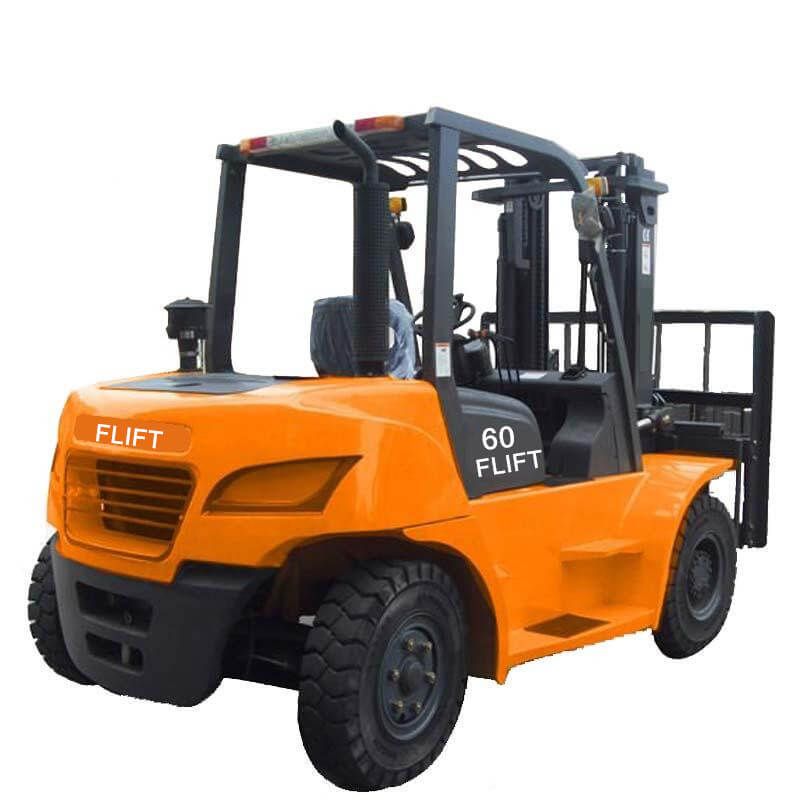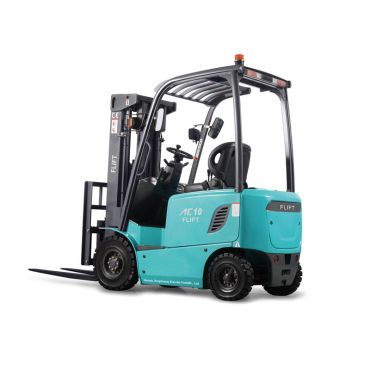- Diesel Forklift
-
- 4.5 Ton Diesel Forklift48 Ton Diesel Forklift3 Ton Diesel Forklift3.5 Ton Diesel Forklift2.5 Ton Diesel Forklift33 Ton Diesel Forklift15 Ton Diesel Forklift10 Ton Diesel Forklift8 Ton Diesel Forklift4 Ton Diesel Forklift6 Ton Diesel Forklift2 Ton Diesel Forklift1 Ton Diesel Forklift1.8 Ton Diesel Forklift1.5 Ton Diesel Forklift6 Ton Diesel Forklift4 Ton Diesel ForkliftFour Wheel Drive Forklift
- Electric Forklift
-
- 12t Lithium-Battery-forklift12t Electric Forklift Truck8t Electric Forklift10t electric forklift truck25ton Lithium Battery Forklift7ton Electric Forklift16ton Lithium Battery forklift2 Ton Electric Forklift1.8 Ton Electric Forklift6 Ton Electric Forklift1.5 Ton Electric Forklift1 Ton Electric Forklift2.5 Ton Electric Forklift3.5 Ton Electric Forklift3 Ton Electric Forklift4.5 Ton Electric Forklift5 Ton Electric Forklift3 Ton Electric Forklift4.5 Ton Electric Forklift1.6 Ton Three Wheel Forklift2 Ton Three Wheel Forklift
- Forklift Attachements
-
- Fixed Short Arm non-sideshiftingnon-sideshiftingFixed Short Arm non-sideshiftingNon-sideshiftingHinged ForksCaton ClampRotatornon-SideshiftingTire ClampsPusherTurning Fork Clampsnon-sideshiftingLog HolderSideshiftingBroke Paper ClampsSideshiftingSideshiftingSingleLoad StabilizerFork PositionersSingle Double Pallet Handler
How to choose a forklift?
Date: 2020-06-22 View:
How to choose a forklift?
When choosing a forklift, the main criteria to consider are load carrying capacity, lift height, motor type, tire composition and operator ergonomics.
There are several types of motors available:
When choosing a forklift, the main criteria to consider are load carrying capacity, lift height, motor type, tire composition and operator ergonomics.
There are several types of motors available:
Electric motor
Internal combustion engine: gasoline: diesel: liquefied petroleum gas (LPG); CNG (compressed natural gas);
Hybrid Electric Motor (Combustion/Electric)
The specificity of the workplace is a decisive factor in choosing the right equipment:
Electric forklifts are mainly used indoors.
Advantage:
The specificity of the workplace is a decisive factor in choosing the right equipment:
Indoor or outdoor operation
Height limit
Accessibility of elements to be transported
Why use an electric forklift?
Why use an electric forklift?
Electric forklifts are mainly used indoors.
Advantage:
Emissions: They are more environmentally friendly as they do not emit any fumes. That's why they prefer indoor use as it is not necessary to have a ventilation system.
Size: Since they do not require a fuel tank, they are more compact and therefore easier to handle and store.
Service Life: They don't require much maintenance. The battery is easy to replace, so the forklift lasts longer.
Maintenance costs are low.
Noise Level: Since there is no combustion, they are not as noisy as other types of forklifts.
Cons:
Why use a diesel forklift?
Diesel forklifts have higher operating costs and should be prioritized for outdoor use.
Advantage:
Cons:
Cons:
Operation may be affected by the environment, such as humidity or cold.
The initial investment is higher than the combustion engine model.
Why use a diesel forklift?
Diesel forklifts have higher operating costs and should be prioritized for outdoor use.
Advantage:
Carrying capacity: Its carrying capacity is higher than that of electric forklifts (120,000 lbs for diesel engine and 12,000 lbs for electric motor).
Cons:
Use of fossil fuels
Emissions: Not suitable for indoor work.
The purchase price is higher than the petrol forklift and fluctuating operating costs (depending on diesel costs).
Heavier than electric forklifts.
Why use a gas forklift?
Gas forklifts use internal combustion engines that use liquid propane gas (LPG) or compressed natural gas (CNG)
Advantage:
Why use a gas forklift?
Gas forklifts use internal combustion engines that use liquid propane gas (LPG) or compressed natural gas (CNG)
Advantage:
Fill the tank quickly.
Long life.
Can be used indoors and outdoors.
Low environmental impact.
Cons:
Cons:
The fuel tank at the rear of the forklift is bulky and can block visibility.
Maintenance costs are higher than other types of motors.
Should you choose reach or counterbalance?
Balance forklift
Should you choose reach or counterbalance?
Balance forklift
This type of forklift is preferred for extremely heavy loads. The dense mass in the rear of the machine offsets the load on the forks. Mainly used indoors and on smooth surfaces, this forklift is equipped with adjustable support legs. Counterbalance forklifts are most commonly used in warehouses. They are also available in three-wheeled versions, useful in tight spaces.
Reach Forklift
How to choose from different types of forklifts?
Order Picking: Great for handling, lifting and stacking. Its load capacity is about 1 to 2 tons. The advantages of this forklift include good travel speed and maximum comfort of use. It is only suitable for flat terrain with a maximum slope between 5 and 10%. It is designed to optimize stock picking on both sides of warehouse corridors.
Electric four-wheel balance forklift: The idler wheels of each rear corner are controlled by double-effect hydraulic cylinders. This type of forklift provides greater stability when cornering and is suitable for difficult applications in construction sites and warehouses. Its load capacity varies from 1,000 kg to 3,500 kg. Recommended for heavy lifting applications such as installing machines and tools. However, it can also be used in retail stores, hardware stores and other light industries.
Side Loader Forklift: The first forklift in history designed to handle long loads.
Multidirectional Forklift: It has overthrown the sideload forklift. Operators are able to maneuver long loads with increased precision in all directions.
How to choose the maximum lifting capacity of the forklift?
In order to choose the maximum lift capacity that matches your requirements, you must ask yourself the following questions:
Reach Forklift
Reach forklifts offer maximum lift capacity with incredible maneuverability, and for these reasons, they are best suited for high recovery cargo stored in warehouses, logistics companies or distribution centers. Reach forklifts are designed to operate in narrow aisles.
The mast stabilizes the forklift by placing the cab and driver on one side and the forklift and forklift on the other.
How to choose from different types of forklifts?
Order Picking: Great for handling, lifting and stacking. Its load capacity is about 1 to 2 tons. The advantages of this forklift include good travel speed and maximum comfort of use. It is only suitable for flat terrain with a maximum slope between 5 and 10%. It is designed to optimize stock picking on both sides of warehouse corridors.
Electric three-wheeled forklift truck: One or two guide wheels are centrally installed under the counterweight. The advantage of three-wheel electric systems is that they provide a smaller turning radius than conventional four-wheel electric forklifts.
Electric four-wheel balance forklift: The idler wheels of each rear corner are controlled by double-effect hydraulic cylinders. This type of forklift provides greater stability when cornering and is suitable for difficult applications in construction sites and warehouses. Its load capacity varies from 1,000 kg to 3,500 kg. Recommended for heavy lifting applications such as installing machines and tools. However, it can also be used in retail stores, hardware stores and other light industries.
Articulated forklift: The fork rotates on a joint and can be tilted. Recommended for narrow warehouses and loading and unloading trailers.
Side Loader Forklift: The first forklift in history designed to handle long loads.
Multidirectional Forklift: It has overthrown the sideload forklift. Operators are able to maneuver long loads with increased precision in all directions.
All Terrain Forklift: Designed for intensive use, it can lift loads from 1 to 50 tons. It's fast, heavy-duty and versatile, designed to be used in natural environments.
How to choose the maximum lifting capacity of the forklift?
In order to choose the maximum lift capacity that matches your requirements, you must ask yourself the following questions:
What are forklift tines?
What is your average load weight (measured in kilograms)?
What is the heaviest load you are going to lift?
What are the dimensions of the load (in m for m)?
The load type is also important. Specific accessories are designed to increase the capacity of standard forklifts and help you move loads more efficiently. The size of the load determines its application point and the length of the fork. Note that the longer the fork, the lower the lift height.
How to choose the number of wheels?
Three-wheeled forklifts are best for indoor storage, such as in malls or DIY stores, and warehouses with selective storage and high shelves. Four-wheel forklifts are best for moving heavy loads or moving large machines on steep slopes. Their durability on uneven surfaces means they can withstand high-intensity work.
The load type is also important. Specific accessories are designed to increase the capacity of standard forklifts and help you move loads more efficiently. The size of the load determines its application point and the length of the fork. Note that the longer the fork, the lower the lift height.
How to choose the number of wheels?
Three-wheeled forklifts are best for indoor storage, such as in malls or DIY stores, and warehouses with selective storage and high shelves. Four-wheel forklifts are best for moving heavy loads or moving large machines on steep slopes. Their durability on uneven surfaces means they can withstand high-intensity work.
Advantages of three-wheeled forklifts: turning radius and lower cost.
Cons: Maximum load is 2,500 kg. As it approached 2,500 kg, the forklift became unstable and spinning. Difficult to use on rough terrain, gravel, etc.
Advantages of four-wheel forklifts: Optimized for rough and uneven surfaces. Good stability.
Disadvantages: limited turning radius, four-wheel forklifts are more expensive than three-wheel forklifts.
What other criteria should be considered when choosing a forklift?
Forklift driver ergonomics
To make the job less difficult, ideally choose a roomy cab that allows the forklift driver to change positions, ease in and out, and easy movement of the spine and head for better visibility. It is also recommended to avoid vibration, so drive on smooth, unobstructed ground, reduce the speed from 9 km/h to 6 km/h during loading and unloading operations, and use wheels in good condition.
Pneumatic tire
What other criteria should be considered when choosing a forklift?
Forklift driver ergonomics
To make the job less difficult, ideally choose a roomy cab that allows the forklift driver to change positions, ease in and out, and easy movement of the spine and head for better visibility. It is also recommended to avoid vibration, so drive on smooth, unobstructed ground, reduce the speed from 9 km/h to 6 km/h during loading and unloading operations, and use wheels in good condition.
Pneumatic tire
SOFT SOLID TYRE: Radial metal carcass with thick rubber layer for indoor and outdoor use, long distances, comfort and good ground support.
Cushioned tires: For indoor use, designed for heavy loads, with good ground stability and three times the service life of soft solid tires.
Unmarked Tires: For indoor use, do not leave any marks.
Puncture-resistant tires: Recommended for surfaces that are less uniform or unstable, they are puncture-resistant.
.png)




